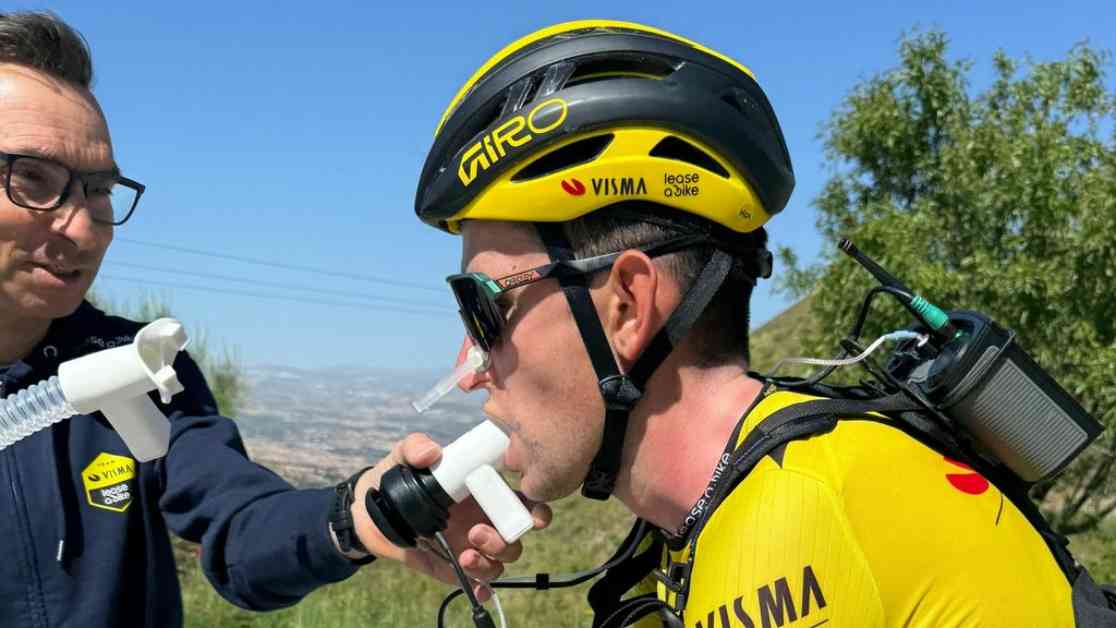To the dance can protect against dementia possibly can convince people that ”never dance sober”, claiming that they ”have two left feet” or that they didn’t ”understand the purpose” to dance.
the World’s population is getting older, and unfortunately, have not all the privilege to grow old healthy. Not in body and not in the brain. After 65 years of age doubled the risk for dementia approximately every five years, and after age 85, almost every third person is more or less affected by the dementia.
of dementia for each year decrease slightly in Europe and north America. The risk is affected not only by genes and bad luck, but also by environmental factors.
Everything that is good for the heart is also good for the brain. That to move, to keep fairly slim and, if necessary, treating the risk factors such as high blood pressure and diabetes.
another environmental factor is education. High education in youth protects against dementia later in life.
it is beneficial with stimulating work. It may well contain high standards and a lot of activity, but it should be large, private room for manoeuvre. If you are fortunate to have such a work, it is good for the brain to hold on as long as possible. Boring, passive and tightly controlled jobs, however, covary with the brain age faster. According to a new study on 3000 Kungsholmsbor, that researchers have followed for nine years.
the Study, which was published the other day in the Journal of Alzheimer’s Disease is part of a wider project called Kungsholmsstudien. It is based on the people who live in the district of Kungsholmen in central Stockholm, and is one of the world’s most important sources of knowledge when it comes to environmental factors that affect the risk of dementia.
For a couple of weeks ago I was with and arranged for a lecture by Laura Fratiglioni, neurologist and epidemiologist, and leader of the Kungsholmsstudien.
of dedicated tango dancers, so the lecture came to act more on leisure activities than on cardiovascular health, education and jobs.
Kungsholmsstudien and other researchers in the world have shown the association between people’s leisure time and the incidence of dementia. To be active in his spare time and after work seems to have a protective effect.
Socially active, that is to say, to meet people, as family, friends and acquaintances.
Physically active, that is to say, to move.
Intellectually active, like crossword puzzles and playing board games.
at the same time providing a full pot on both the social, physical and intellectual activity is dance. It follows that the dance ought to protect additional well against dementia.
Sadly enough material on the island of Kungsholmen, not to prove the thing; the people in the district dance is not enough.
But there are other indications. For example, a fifteen year old epidemiological study from New York city that was published in the New England Journal of Medicine.
the magazine New Scientist reports in its latest issue on several newer experimental studies. Including a German study from last year, which shows that when older people engage in dance, they get better balance, but also measurable growth in a part of the brain called the hippocampus and that would otherwise shrink with age.
And even before you start to worry about dementia, it can be useful to know to a five-year-old study from Sheffield with Liat Levita, as the main author. It shows that subjects were more creative when they got to dance for a while, compared with when they were pedaling on the exercise bike or just sitting still.
So far we can look back in the history of the dance and music has been a fundamental part of human life. There are good reasons to keep alive in the tradition – including the new and scientific reasons.
Just to put the speed around the christmas tree in the morning!
Read more chronicles of Karin Bojs here . For example, this: ”the World’s oldest chewing gum is held in ten thousand years.”








